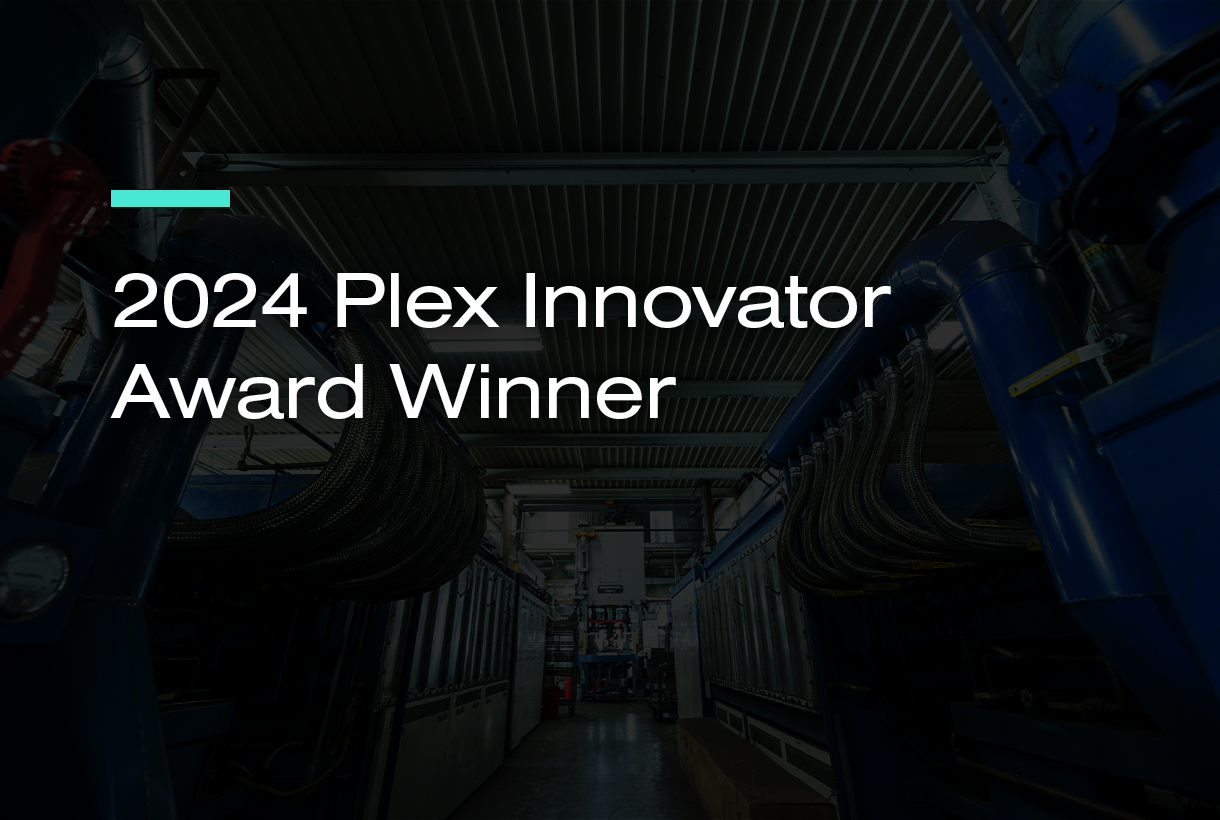

Now Available!
Get your copy of the 7th Annual State of Smart Manufacturing and hear from 300+ manufacturers in this new survey report!
Subscribe to Our Blog
For a monthly digest of expert insights, data points, and tips like the ones in this article.

Manufacturing has changed forever. Manufacturing businesses face intense competitive pressures. Dynamic supply chains and hyper-accelerated production cycles are just a few of the factors that require them to minimize costs, improve productivity and speed time-to-market.
Over the last few decades, they’ve quickly adopted function-specific cloud technology to help manage individual areas of their operations, such as sales and HR. Leading manufacturers have gone further and adopted cloud ERP.
Tipping Point
Largely because of the huge investments they have already sunk into legacy on-premise ERP systems, the move to enterprise cloud technologies has come more gradually. Cloud-delivered ERP has not yet gone mainstream.
But, as I shared at the GigaOM Structure conference in San Francisco, manufacturing ERP is at a tipping point.
Gartner reports that manufacturers' plans to adopt cloud computing through 2015 are accelerating to rates that exceed the average for all nonmanufacturing industries.
Manufacturers’ migration to cloud ERP is about to accelerate.
The Advantages of the Cloud
Moving to cloud ERP brings manufacturers many advantages over on-premise solutions. For example:
- Implementations and site deployments are easier and faster than those for on-premise systems. Once implemented, cloud technology frees up IT resources from the burdens of maintaining internal servers, hardware and more.
- The cloud pricing model provides a lower total cost of ownership (TCO). Plus it brings more predictable IT spending — regular subscription costs vs. huge capital investments for on-premise.
- Leading cloud providers deploy enhancements and new features as they are developed vs. providing cumbersome upgrades on an ad hoc basis.
- Data is stored in a highly secure environment, and users can access ERP anytime from anywhere with an Internet connection.
- Cloud technology scales easily to manage rapidly accelerating growth — in supply chains, new sites and a growing customer base.
Operational Improvements
Today’s leading manufacturing cloud solutions support not only the typical ERP functions, such as accounting and finance, but all functions across the enterprise — including production, supply chain management, quality management and more. They integrate all functions and include extensive and growing sets of web services for integrating to third-party applications.
These enterprise-wide solutions are the new breed of ERP. They streamline processes, improve OEE, increase inventory turns, and drive the productivity and time-to-market improvements that enable today’s businesses to compete in the new manufacturing environment.
Manufacturers who haven’t made the move to enterprise cloud technologies may soon be stuck grinding their gears. Meanwhile, those who have will be driving their companies, and the entire manufacturing sector, forward.
For those manufacturers already ahead of the curve: What gains have you seen by moving to cloud ERP?

